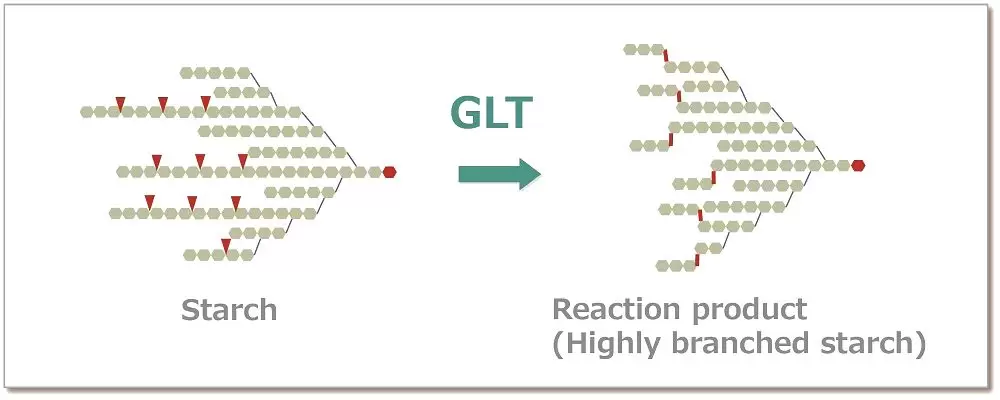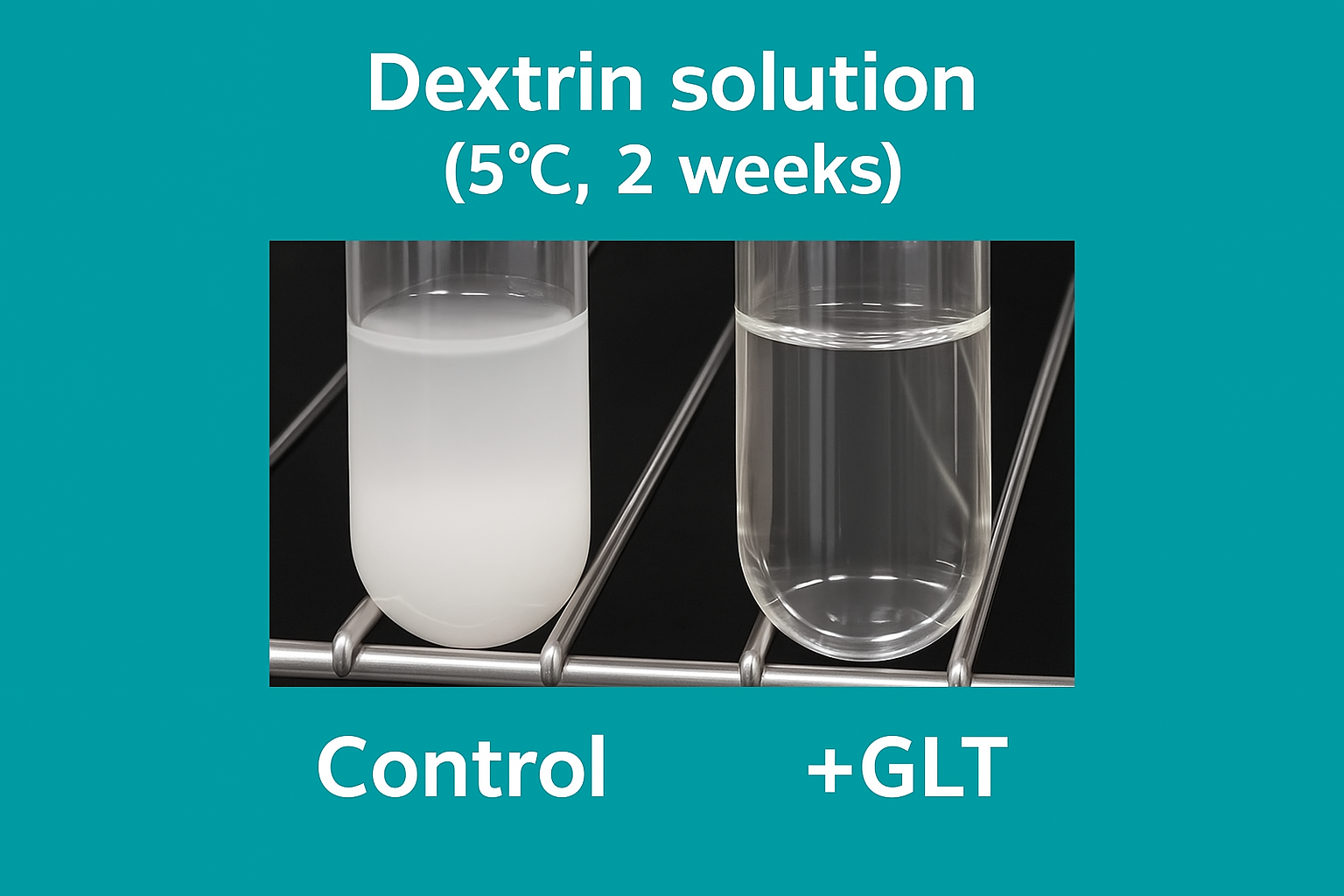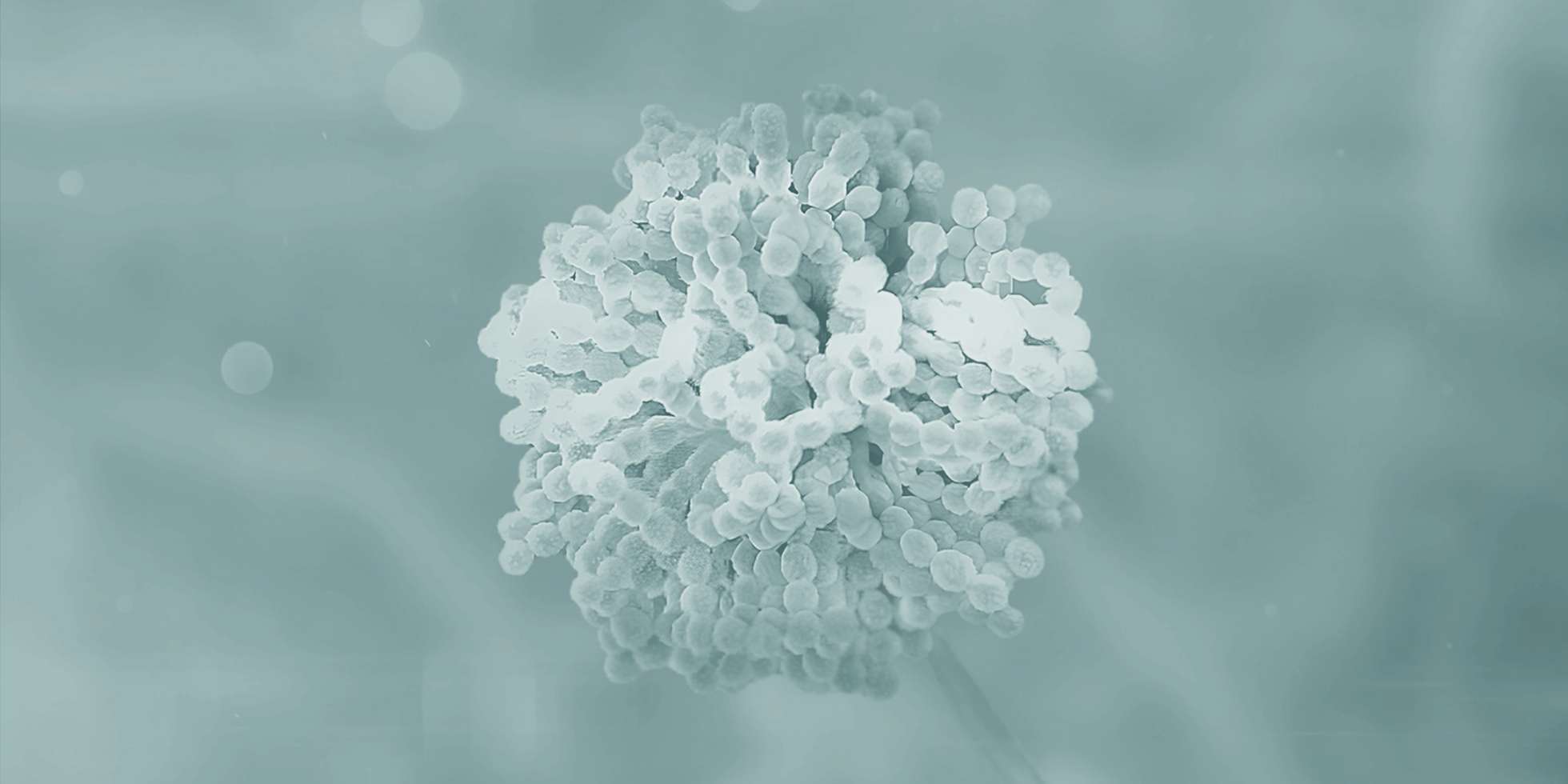Thanks to their ease of use, processed foods and ready-to-eat meals have become an important part of our lifestyle. Packed cooked rice is popular for its convenience and nutritional benefits. However, packed cooked rice is also susceptible to starch retrogradation during storage and transportation, which results in reduced texture and taste. Starch retrogradation is mainly caused by reassociation of amylose molecules and loss of water in gelatinised starch.
Our GLT speciality enzymes can prevent the starch retrogradation by increasing the degree of branching of starch molecules. This helps keep the rice fluffy, tasty and fresh.




